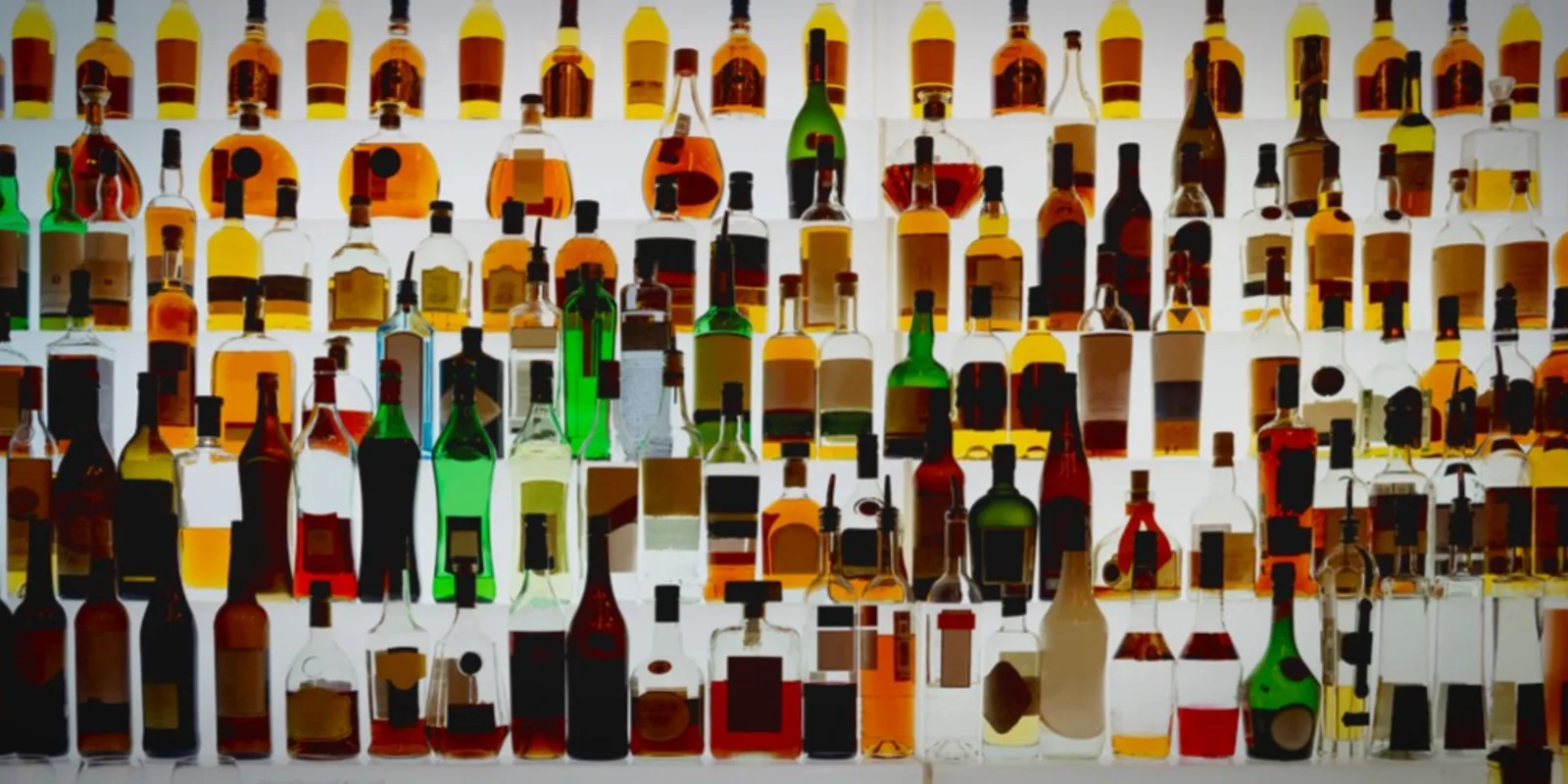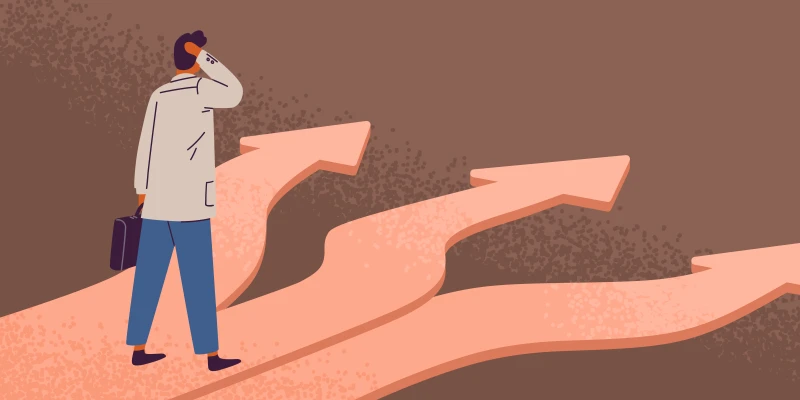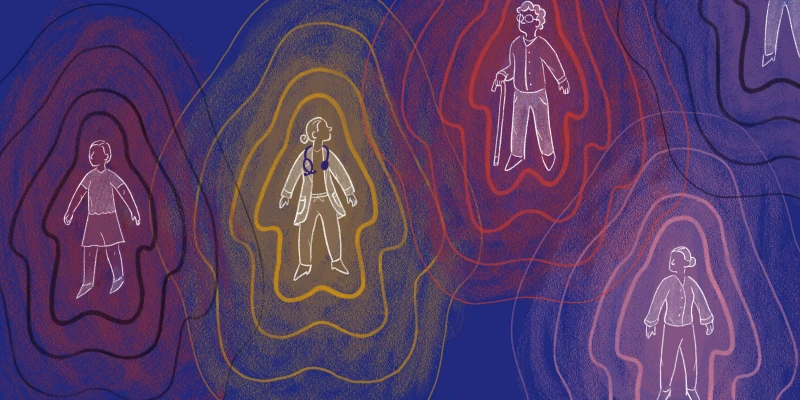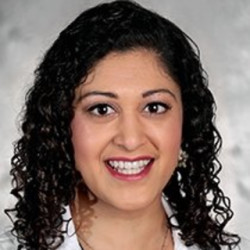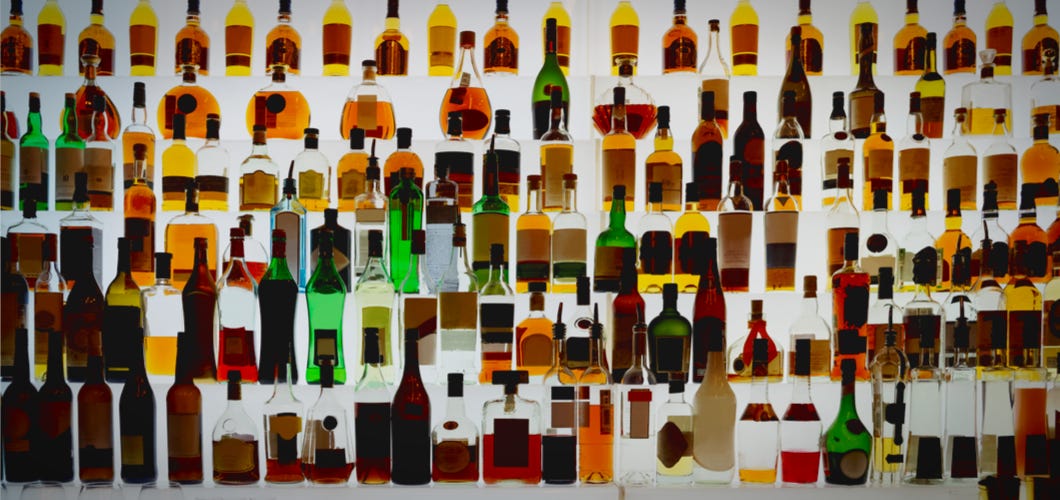
It was hard to believe that the man in front of me had once been an engineer. In the US Navy, nonetheless.
Yet here he was, a thin, elderly man lying in a hospital bed. He had been spotted by a bystander, passed out in a public plaza on a brutally-cold winter night after consuming one too many drinks. On a night where temperatures dropped to the single digits, he was found without a jacket.
Over the course of his admission, he told me about his experiences in the Navy. Every time he spoke of his days in the service, a smile would appear on his face. He was proud of the man he had been. But when he talked about his last three decades, his face hardened. He had always been a drinker — many members of his family had been. But the death of his father had changed his life forever.
Alcohol became his closest companion. Nothing else could compete for his attention. His job became the first to go. Next came his wife of 25 years. Lastly, and most painfully, came his two daughters, who could no longer stomach the sight of their father drinking during most of their waking hours.
Alcohol was the one thing that never left him. What started as a temporary response to a personal tragedy engulfed his next three decades. It changed the course of his life forever.
The effects of that three-decade-long affair soon became apparent during his hospital stay. Shortly after admission, he began to withdraw from not being able to drink. Despite our best efforts to treat him, he had seizures, and before long he was in the intensive care unit.
Medicine exposes you to patients from all walks of life. Some patients are easier to remember than others. Those who strike a chord are often those who need help managing an addiction.
Treating these patients is hard. They often have a variety of medical and social issues that must be addressed. Addiction is often resistant to treatment, and failure is disappointing to patients and providers alike.
Additionally, addiction is stigmatized in a way that other medical conditions, like heart failure, are not. These attitudes unfortunately affect American policy. In fact, only 10% of people with a substance abuse disorder receive specialty treatment. And only 2% of government spending on addiction and substance abuse goes towards prevention and treatment.
Fortunately, things may be changing. In recent years, the opioid epidemic has been a focus of media attention. From coast to coast, opioids are ravaging communities. In 2015, 33,091 people died from an opioid overdose, a figure that likely jumped in 2016.
Politicians at all levels have promised to help. Democrats and Republicans in Congress have called for increased federal funding to address the crisis. Local governments have stepped up the fight against drug-trafficking and increased the availability of naloxone, which can sometimes reverse the effects of an opioid overdose.
These efforts are a step in the right direction. The severity of the opioid epidemic obviously warrants a robust response. But in our rush to help those struggling with opioid addiction, we can’t forget about those struggling with alcohol. Opioids are not the only drugs that ruin lives.
12.7% of Americans had an alcohol use disorder in 2012–2013, up almost 50% from a decade earlier. While young white men have historically been most likely to drink excessively, women, minorities, and the elderly have seen their share of unsafe drinking rise most quickly over the past decade. Nearly 10% of drinkers consume over 10 drinks per day.
Excessive alcohol use cost the nation $249 billion in 2010. Nearly 40% of these costs were borne by governments. Alcohol can lower productivity, break up families, and spur violence.
Alcohol is the fourth-leading preventable cause of the death in the United States. Over 88,000 citizens die from alcohol-related causes each year. Motor-vehicle use alone accounted for over 12,000 of these deaths.
Despite these consequences, the crisis of alcohol abuse does not receive the attention it deserves. Politicians mention it infrequently, and the media often celebrates it in a way that hides its consequences. As a result, a shocking 37% of Americans can’t even recognize alcohol abuse when they are read a short description of a person suffering from it. You’d be hard pressed to find something similar when it comes to an opioid or cocaine addiction.
We should continue to insist that governments do more to help those struggling with opioids. But we should also push them to do more for Americans struggling with alcohol abuse.
After several days in the ICU, my patient returned to the floor, having detoxed successfully. He soon informed us that he wanted to go home. He had a new lease on life, and was ready for a change. But what he really needed was rehab.
A few weeks later, my team got paged. My patient was back. The lure of another drink had been too strong to resist.
Kunal Sindhu, MD, is a resident physician in New York City and a 2017–2018 Doximity Fellow. You can follow him on Twitter @sindhu_kunal.
